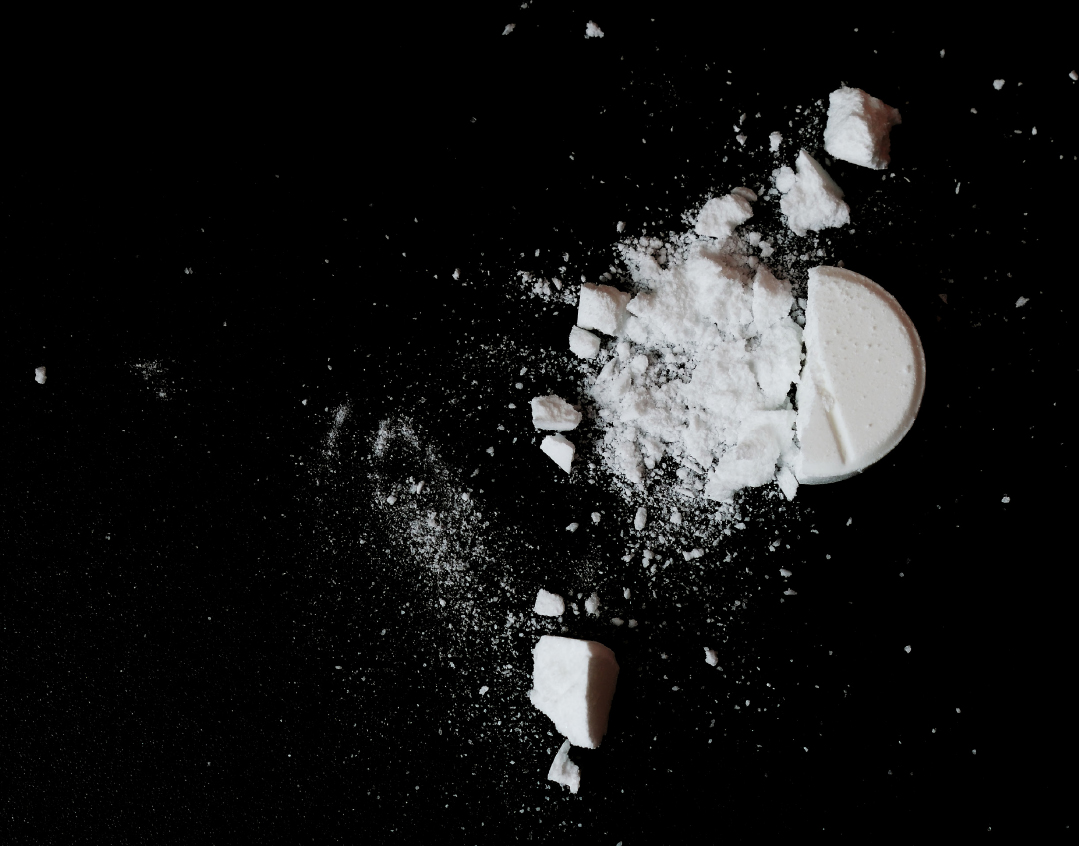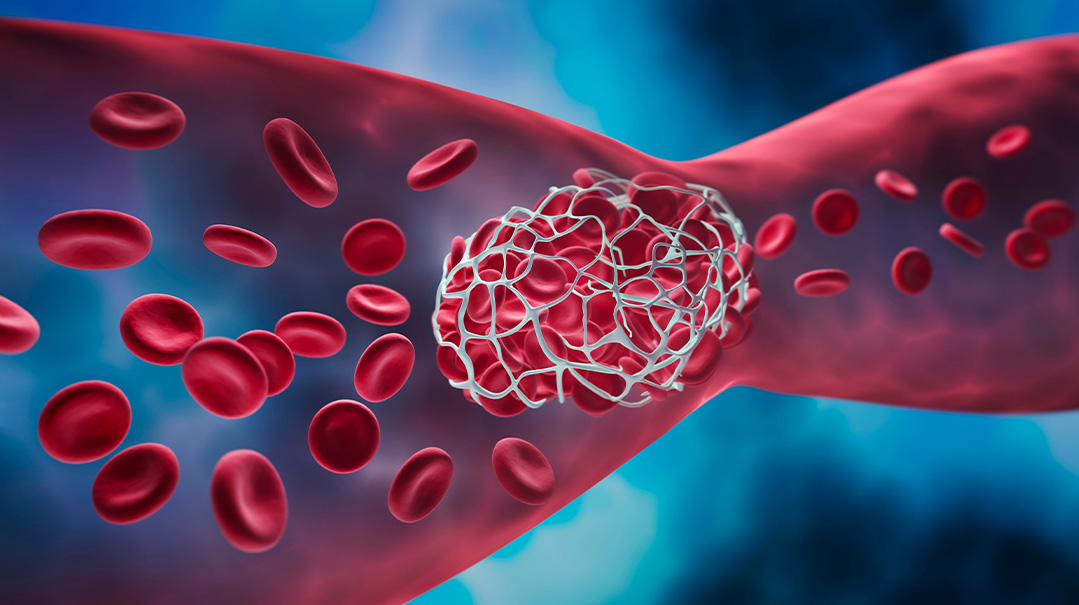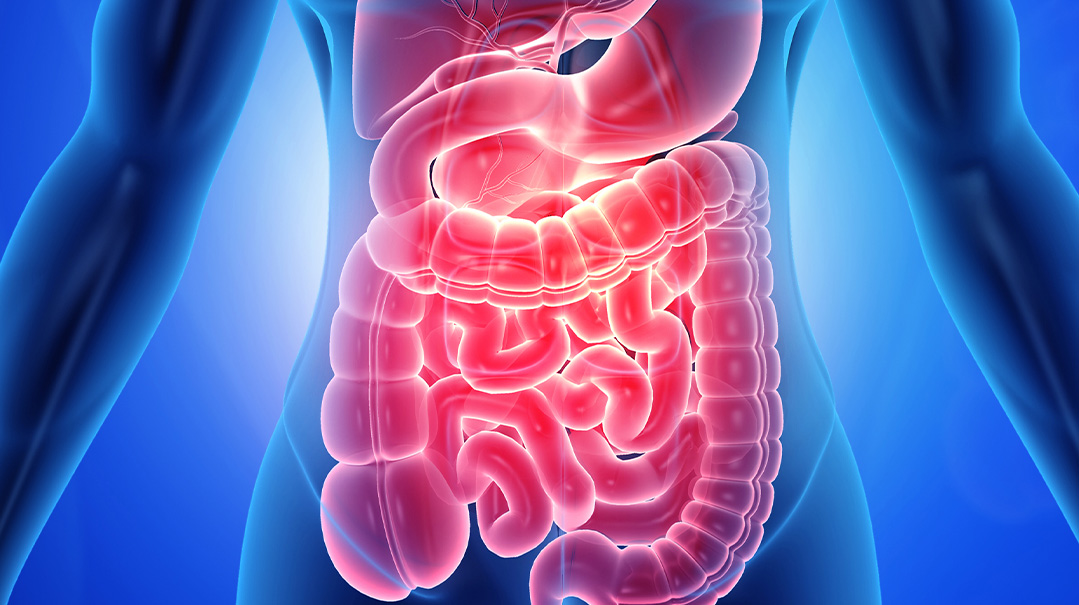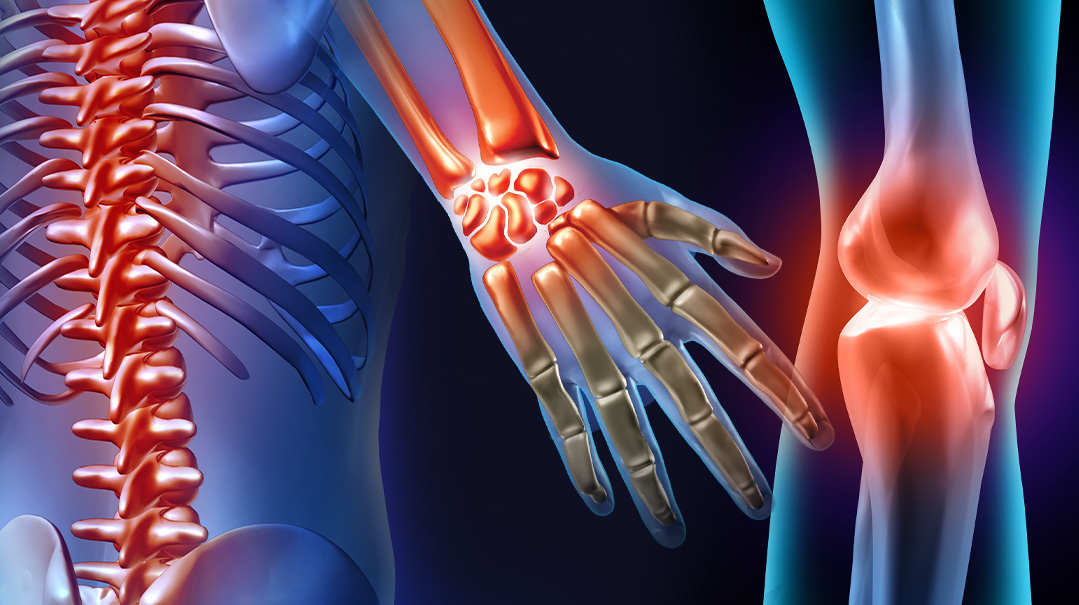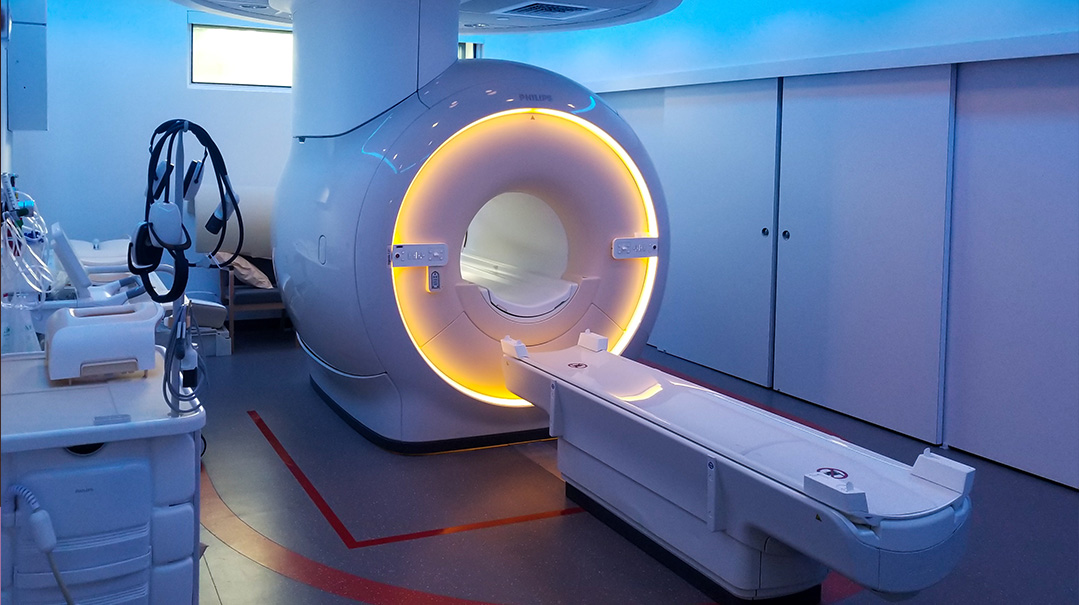Spot It

What was behind my son’s attacks of agonizing pain?
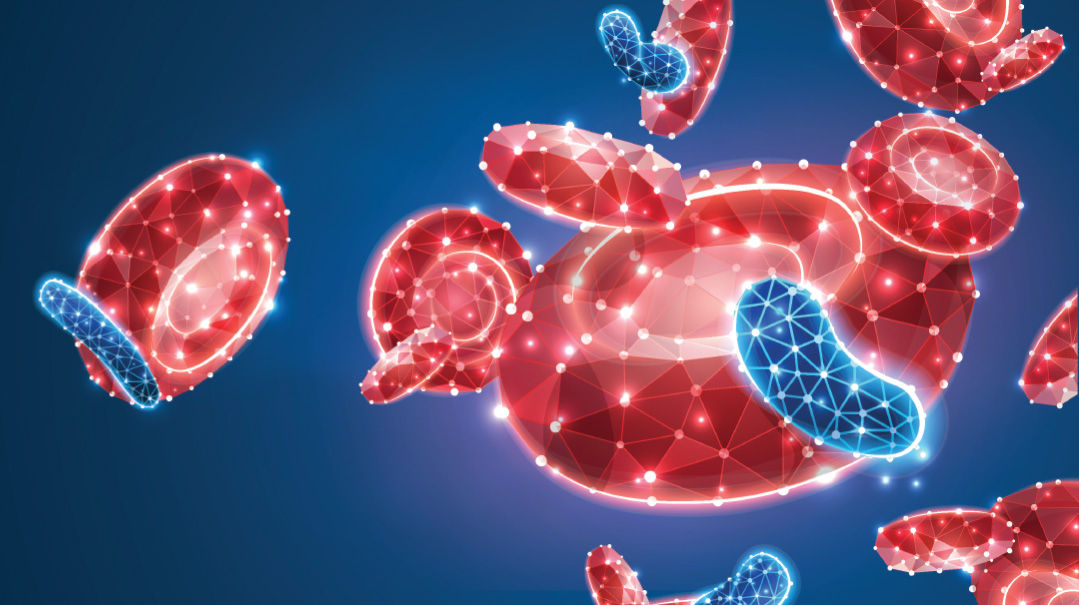
As told to Faigy Peritzman
Four to six weeks. Four to six weeks. The words beat a steady rhythm in my head against the background of my son’s shrieks of pain. We cannot deal with this for another four to six weeks, I fretted. I cannot deal with this for another minute!
But Moishe kept screaming, writhing in agony, and there was nothing we could do to soothe or comfort him. I couldn’t believe that the doctors had nothing to offer, and that they predicted this level of excruciating pain would last for four to six weeks, while we just looked on helplessly. How would such a young child deal with that?
It had all started sometime after Succos.
After a month of Yamim Tovim, I was eager to get my family of three young kids back on schedule. I run my own business from home, plus I was expecting, so having everyone underfoot while keeping to my deadlines had been no easy feat.
I hoped things would now get back to normal.
Except that a few days after Succos we all came down with Covid.
Okaaay. Getting back to routine would take a bit longer.
We made it through the virus relatively easily, and I breathed a sigh of relief when we finished quarantine. But then my two girls got some sort of other virus, unrelated to Covid, and I was back to playing full-time nurse — again. When they finally went back to school/playgroup, six-year-old Moishe, my oldest, came down with strep. This was getting a bit out of hand, but what could I do? Finally, after a few days of antibiotics, I sent him off to school, cautiously anticipating a normal week.
That night, Moishe woke me up. “My stomach hurts,” he complained.
Oops! We could not locate your form.

